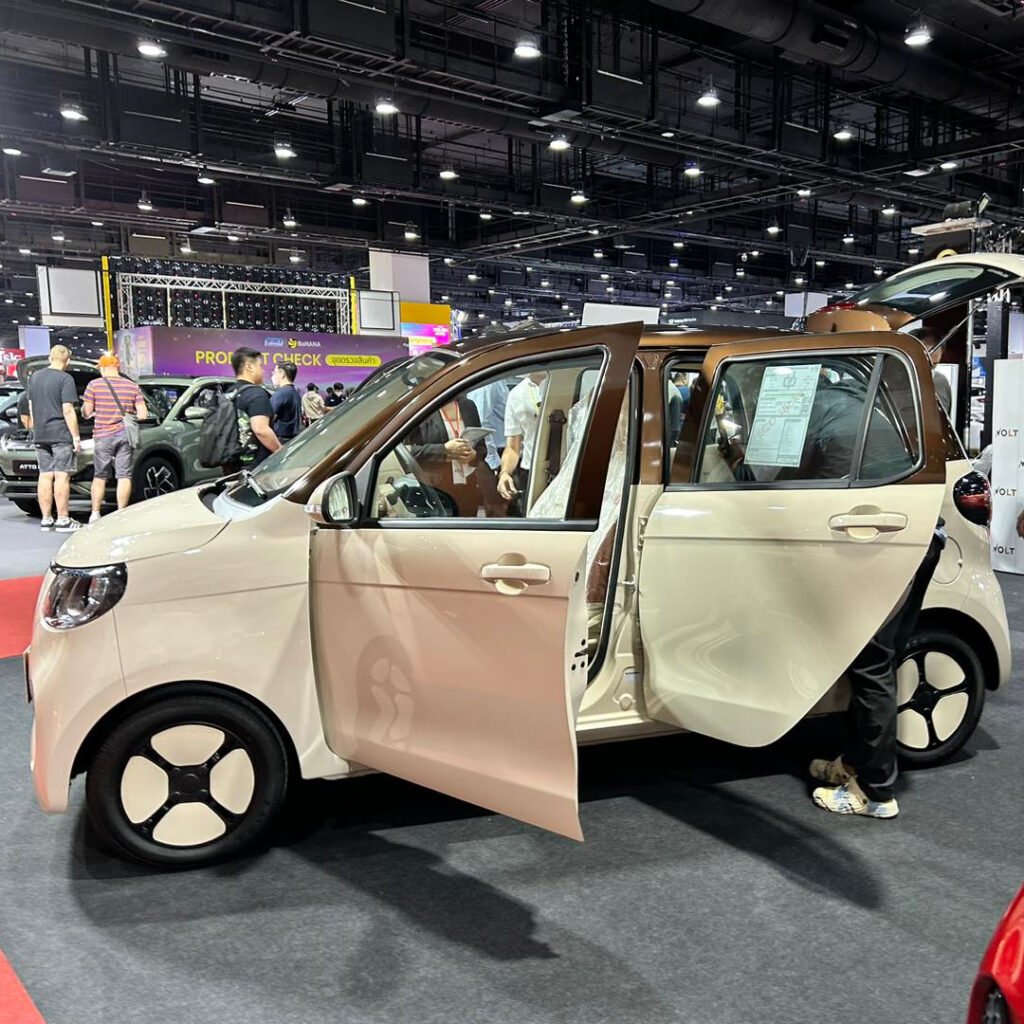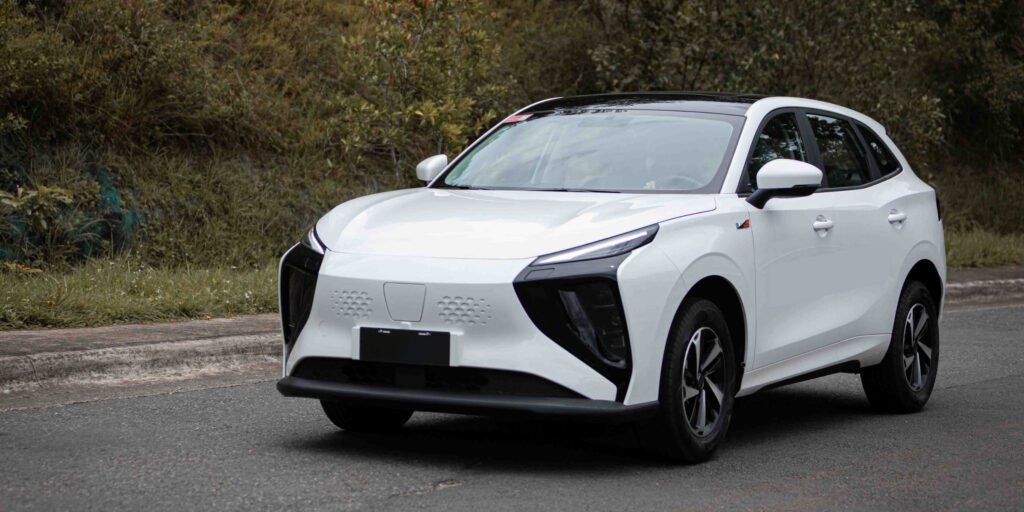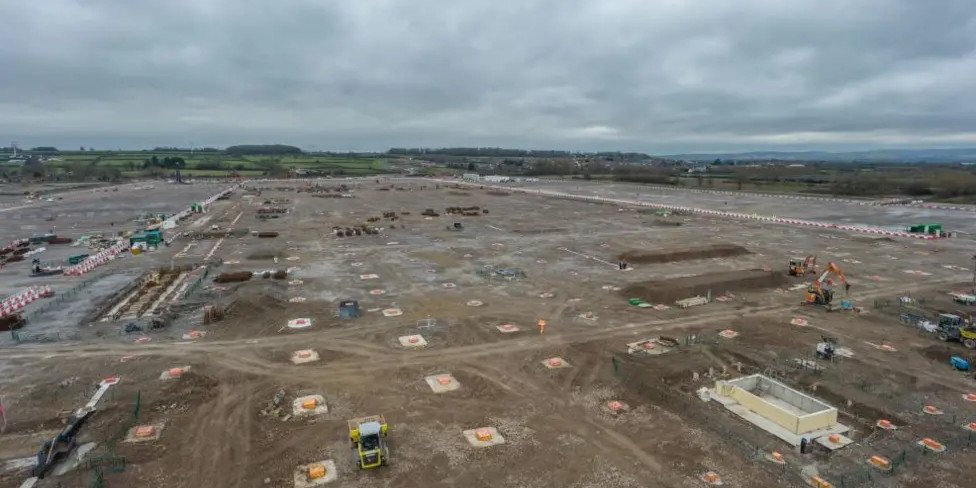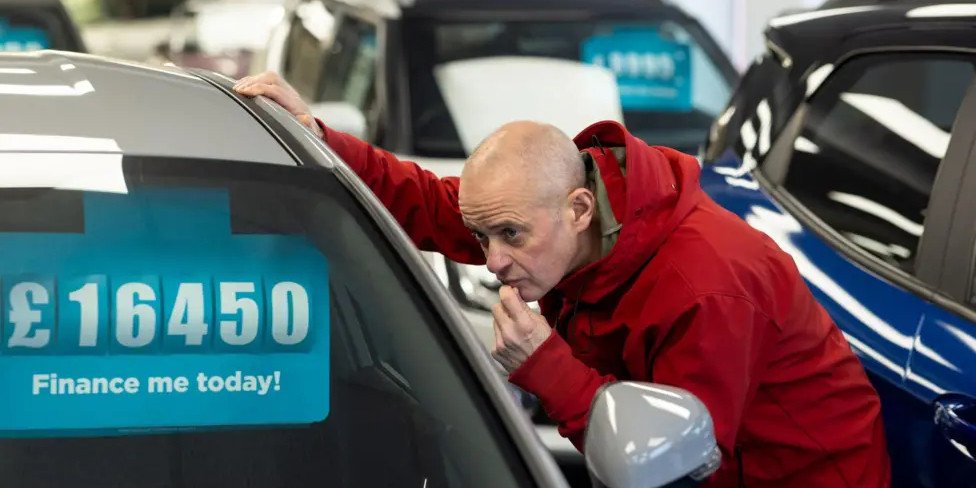
The team behind the UK’s biggest electric vehicle (EV) battery plant has revealed updated plans for the site, including a reduction in the size of the main building and a delay in the opening of the first factory building.
Weber explained that the company had explored the latest battery technologies from around the world and found the most efficient solution. This, he said, allowed them to shrink the building by 84 metres, cutting down on energy, water use, and their carbon footprint.
However, he was quick to point out that the project is not being scaled back. “The number of jobs and opportunities we’re offering throughout the construction and operational phases is unchanged,” he said.
Construction will take two years, with around 500 workers on-site by the end of 2025. That number is expected to rise to 2,000 in 2026. By 2027, Agratas plans to create 1,500 operational jobs, eventually expanding to a total of 4,000 jobs across the full site.
Once fully operational, the plant will produce 40GWh of battery cells annually, enough to supply roughly 500,000 electric vehicles. In the early 2030s, the facility could provide up to 40% of the UK’s domestic EV battery needs.

Weber explained that the company had explored the latest battery technologies from around the world and found the most efficient solution. This, he said, allowed them to shrink the building by 84 metres, cutting down on energy, water use, and their carbon footprint.
However, he was quick to point out that the project is not being scaled back. “The number of jobs and opportunities we’re offering throughout the construction and operational phases is unchanged,” he said.
Construction will take two years, with around 500 workers on-site by the end of 2025. That number is expected to rise to 2,000 in 2026. By 2027, Agratas plans to create 1,500 operational jobs, eventually expanding to a total of 4,000 jobs across the full site.
Once fully operational, the plant will produce 40GWh of battery cells annually, enough to supply roughly 500,000 electric vehicles. In the early 2030s, the facility could provide up to 40% of the UK’s domestic EV battery needs.

The project is also set to boost the local economy, with Tata estimating the overall impact to be worth “hundreds of millions.”
A Department for Transport spokesperson highlighted the challenges facing car manufacturers and pointed to the government’s commitment to the EV transition. “One in four cars sold in February was electric, and last year, we sold a record 382,000 EVs — the highest in Europe,” the spokesperson said.
They also noted the government’s £2.3 billion investment in supporting the industry and consumers, aiming to create well-paid jobs, make the UK a clean energy leader, and secure a future aligned with the country’s “Plan for Change.”
Back in 2023, Tata was offered a significant incentive to build the plant in the UK, with the government expected to provide subsidies worth hundreds of millions of pounds. These are likely to include cash grants, energy cost discounts, and funding for training and research.









